The book I read this week is’ Cradle to Cradle ‘, and this blog mainly shares some post reading experiences.This book tells the author’s environmental philosophy from cradle to cradle, rather than from cradle to grave. And achieve the goal of environmental protection by rethinking and planning every step of product production.



This book points out that the current design and production process adopts a production model from cradle to grave. Then it pointed out some measures that people have already taken. For example, recycling materials from waste products and processing them into new products. But this process will generate new pollution, such as dioxins, a carcinogen, when recycling plastic. Fortunately, we have new plastics, but this does not allow plastics to return to nature. These measures only change the way pollution is caused or delay the time of pollution.

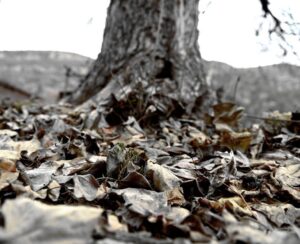
The author then told us that we need to consider the ecological benefits of Eco Effectiveness. And comparing the world to a tree, the best development model is like falling leaves returning to roots, where all the waste generated in our development will become food for social progress.But we all know that such ideas are difficult to implement, so we have to force ourselves to do so.
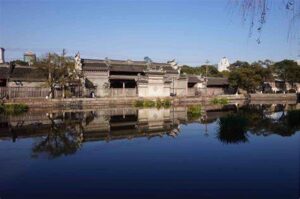

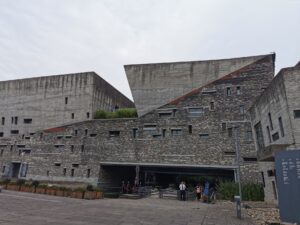
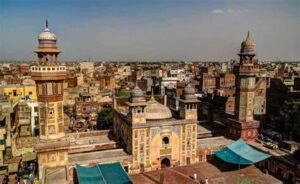
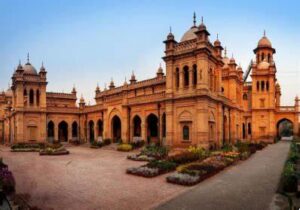
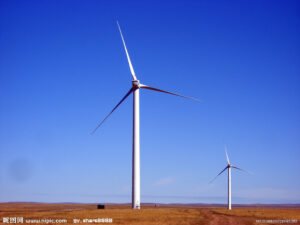
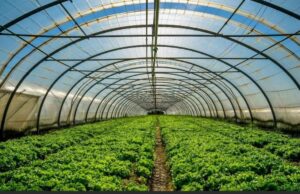

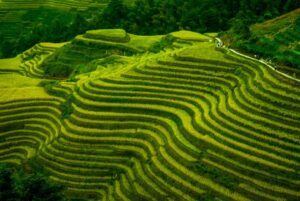
The definition of culture can be summarized into two types, one is culture in the sense of social structure, and the other is culture in the sense of individual behavior. They established a common understanding and cultural imagination.
Environmental protection has actually become a popular culture. Perhaps not everyone wants to protect the environment, but no one is willing to live in a polluted environment. Some supermarkets in China have “green vegetable sections” that sell vegetables grown in a pollution-free environment without the use of pesticides or genetic technology. Almost all citizens are willing to pay for these high-priced vegetables.
From the perspective of individual behavior, rushing to purchase pollution-free vegetables is going to become a culture. From the perspective of social structure, can we adjust the supply-demand relationship to keep more farmland away from pollution. For example, we can use the profits from pollution-free vegetables to improve farmland. And, attract more farmers to adopt this planting model through profits. Drive the transformation of planting methods with economic benefits.



